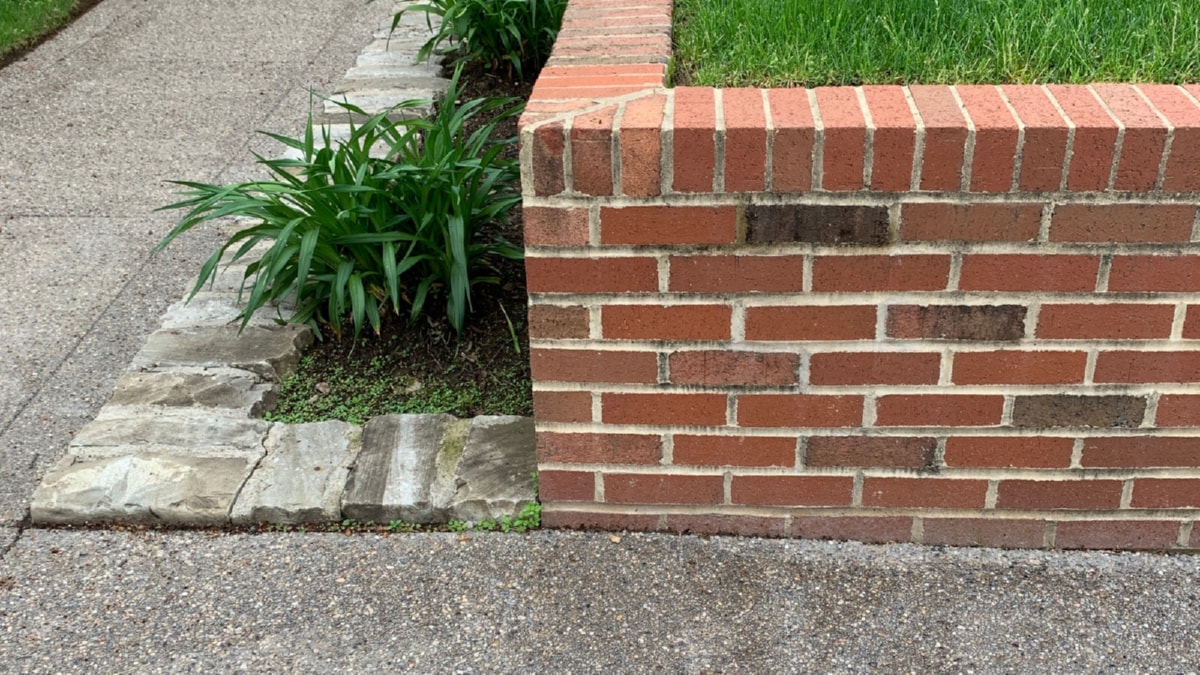Selecting the Right Materials for Your Building Endeavours has always been a crucial aspect of construction. Whether you are in the process of building your dream home or a high-rise commercial building, the materials used can make a significant difference in the building’s durability, sustainability, and overall cost.
Bricks, cement, steel, wood, and concrete are the most commonly used construction materials. However, the choice should be based on the type of structure you’re constructing and its intended use. For instance, steel is often preferred for high-rise buildings due to its high strength-to-weight ratio, while wood may be more appropriate for residential homes for its natural aesthetic and insulation properties. Similarly, concrete and bricks are often used in a wide range of constructions due to their durability and cost-effectiveness.
Nevertheless, lately, there has been a growing emphasis on eco-friendly or ‘green’ construction materials. These materials not only help reduce the environmental impact of construction but also offer long-term cost savings. For example, recycled metal is a great option that reduces the need for new mining and lessens the carbon footprint. Similarly, reclaimed wood not only gives a unique aesthetic appeal but also promotes recycling and reduces deforestation.
Additionally, it is essential to consider the local climate and environmental factors when choosing construction materials. In areas prone to earthquakes, it is better to use flexible materials like wood and steel that can withstand seismic activities. In contrast, in areas with harsh weather conditions, more resilient materials like concrete and bricks are preferred.
In conclusion, choosing the right construction materials is more than just about cost and durability. It’s also about sustainability and ensuring that the materials are suitable for the specific building type and local environment. Remember, a well-thought-out choice of materials can lead to a successful construction project that stands the test of time and benefits the environment.
In terms of the future of the construction industry, innovations are continually shaping the landscape. In the next decade, we can expect significant changes that will redefine how we design and build our structures.
Technological advancements like eco-friendly 3D printing and robotics are already making waves in the industry. 3D printing enables the creation of complex designs with high precision and at a faster speed, while robots can perform repetitive tasks more efficiently and safely.
Moreover, the use energy-saving of Building Information Modelling (BIM) is expected to become more prevalent. BIM provides a digital representation of a building, allowing for better project management and improved decision making.
Furthermore, green construction excellent is set to be a major trend in the coming years. As society becomes more conscious of the environment, the construction industry is set to follow suit. This means more sustainable materials and energy-efficient designs.
In conclusion, the budget-friendly construction industry is poised for exciting changes in the next decade. These advancements will not only improve efficiency and safety but also make construction more sustainable. The future of construction looks bright, and it’s an exciting time to be a part of this evolving industry.
.
For more details, check best chimney restoration and rebuild services or visit their business listing here.



